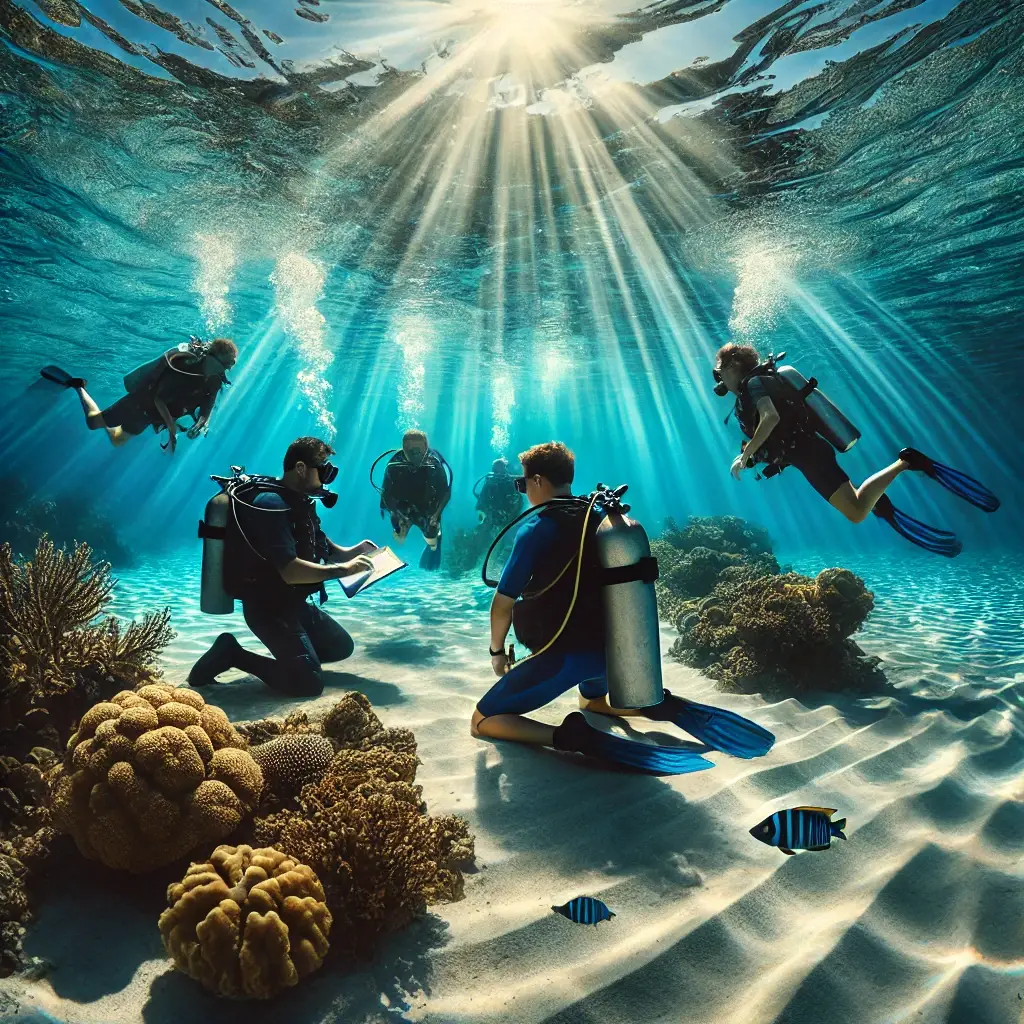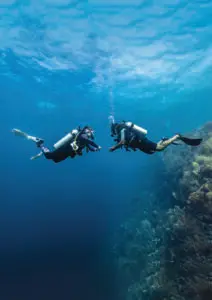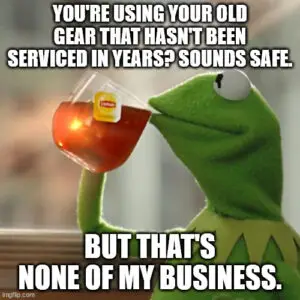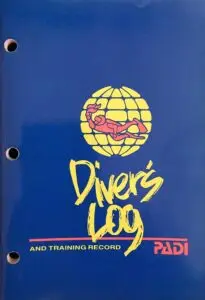Is Scuba Diving Safe?
Scuba diving is safe when you follow proper training, use reliable equipment, and adhere to established safety protocols. Certified instructors ensure that risks like decompression sickness or equipment malfunctions are minimized, making scuba diving an enjoyable and secure activity for everyone.
Understanding the Safety of Scuba Diving
Scuba diving has come a long way in terms of safety, thanks to advancements in equipment and training. With modern dive computers, high-quality gear, and comprehensive certification courses, diving has become one of the safest adventure activities. Statistics show that when divers follow safety guidelines, incidents are extremely rare.
Potential Risks of Scuba Diving
While scuba diving is generally safe, it’s important to understand the risks to ensure you dive responsibly:
- Decompression Sickness (The Bends):
- What It Is: This occurs when a diver surfaces too quickly, causing nitrogen bubbles to form in the bloodstream.
- How to Avoid It: Ascend slowly, follow your dive computer, and take safety stops.
- Equipment Malfunctions:
- What It Is: Problems like regulator failure or a loose mask can occur.
- How to Avoid It: Regularly inspect and maintain your equipment, and learn to troubleshoot common issues during your training.
- Marine Life Interactions:
- What It Is: Encounters with stinging or biting sea creatures.
- How to Avoid It: Respect marine life by observing from a safe distance and avoiding touching anything underwater.
These risks are manageable with proper preparation and training, making scuba diving a safe and enjoyable sport.
Safety Tips for Beginner Divers
As a certified scuba instructor, I always emphasize these essential safety tips for new divers:
- Get Certified:
Complete a course with a recognized organization like PADI or SSI. Training ensures you understand safety protocols and how to handle unexpected situations. - Dive with a Buddy:
The buddy system is a cornerstone of safe diving. Always dive with a partner and communicate regularly underwater. - Check Your Gear:
Inspect your equipment before every dive. Ensure your regulator, BCD, and dive computer are functioning properly. - Follow Depth Limits:
Stay within the depth range you’re certified for and never push your limits. - Stay Hydrated and Rested:
Dehydration and fatigue can increase the risk of complications. Drink plenty of water and avoid alcohol before diving.
Why Dive with a Certified Instructor?
Diving with a certified instructor like me ensures that your safety is prioritized at every step. As a PADI certified Open Water Scuba Instructor with over 40 years of experience, I’ve guided countless divers, from nervous beginners to seasoned adventurers, through safe and unforgettable underwater experiences.
My training focuses on building your confidence in the water, teaching you how to use your equipment effectively, and helping you develop safe diving habits. Whether you’re new to diving or looking to expand your skills, I’m here to guide you.
Conclusion: Scuba Diving Is Safe with the Right Approach
Scuba diving is not only safe but also an incredible way to explore the underwater world. By understanding the risks, following safety measures, and diving with certified professionals, you can ensure a safe and enjoyable experience.
Are you ready to take the plunge? Join my beginner scuba diving courses and start your underwater adventure safely. Sign up for a class today!







